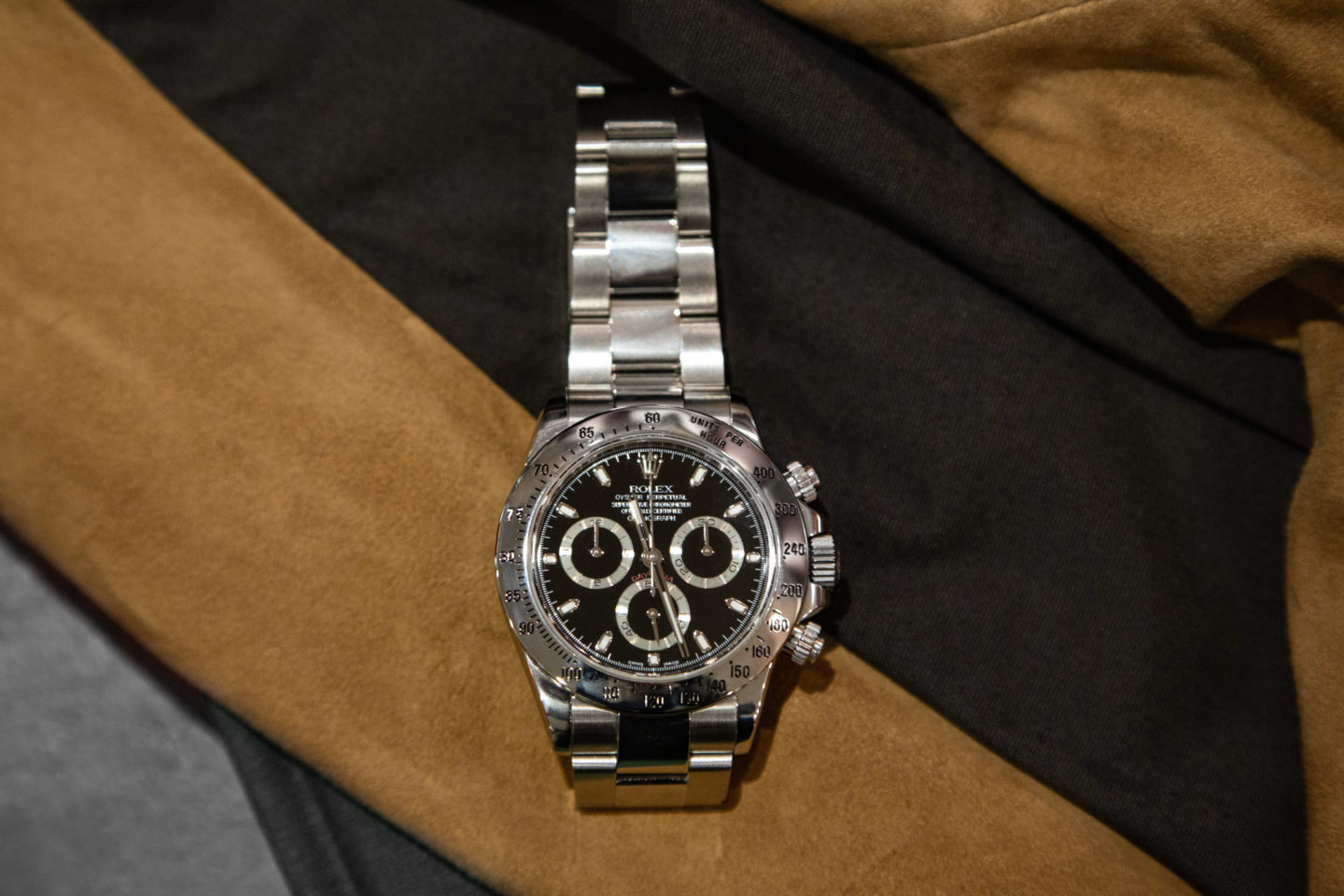Daytona: from manual to self-winding movement
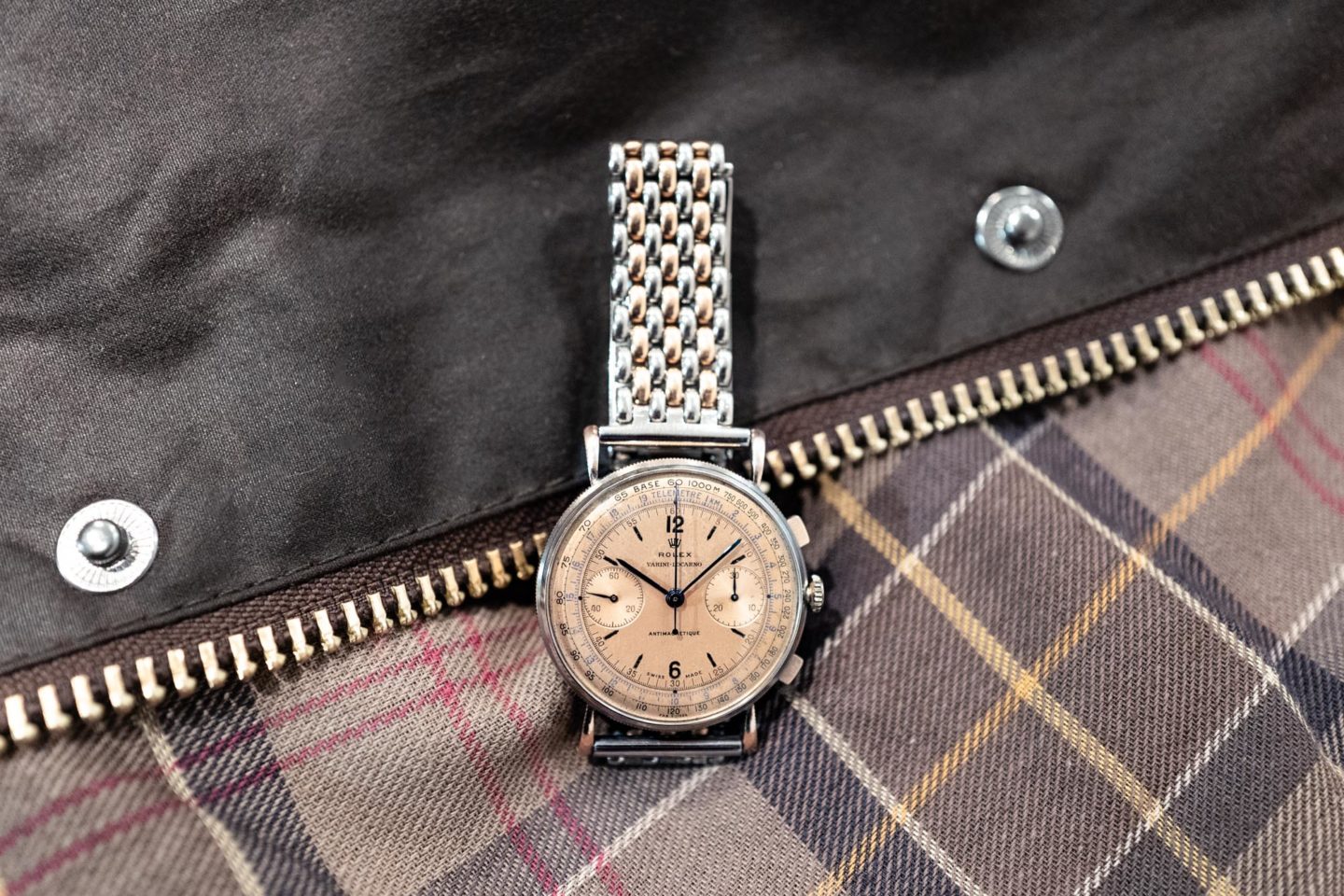
Birth of caliber 11
“Année 69, année … ” No! We will not plagiarize Gainsbourg! But it is true that beyond the well-known social and cultural changes of 1969, it also marked an important turning point in watchmaking history: The birth of the automatic chronograph movement.
The long-term project mobilized the resources of no less than four manufactures: Heuer, Breitling, Büren, and Hamilton. Their combined efforts created the caliber 11 that equipped the Heuer Monaco, the first automatic chronograph with a micro rotor. Meanwhile, on March 1st, 1969, Zenith presented their first automatic chronograph with a central rotor.
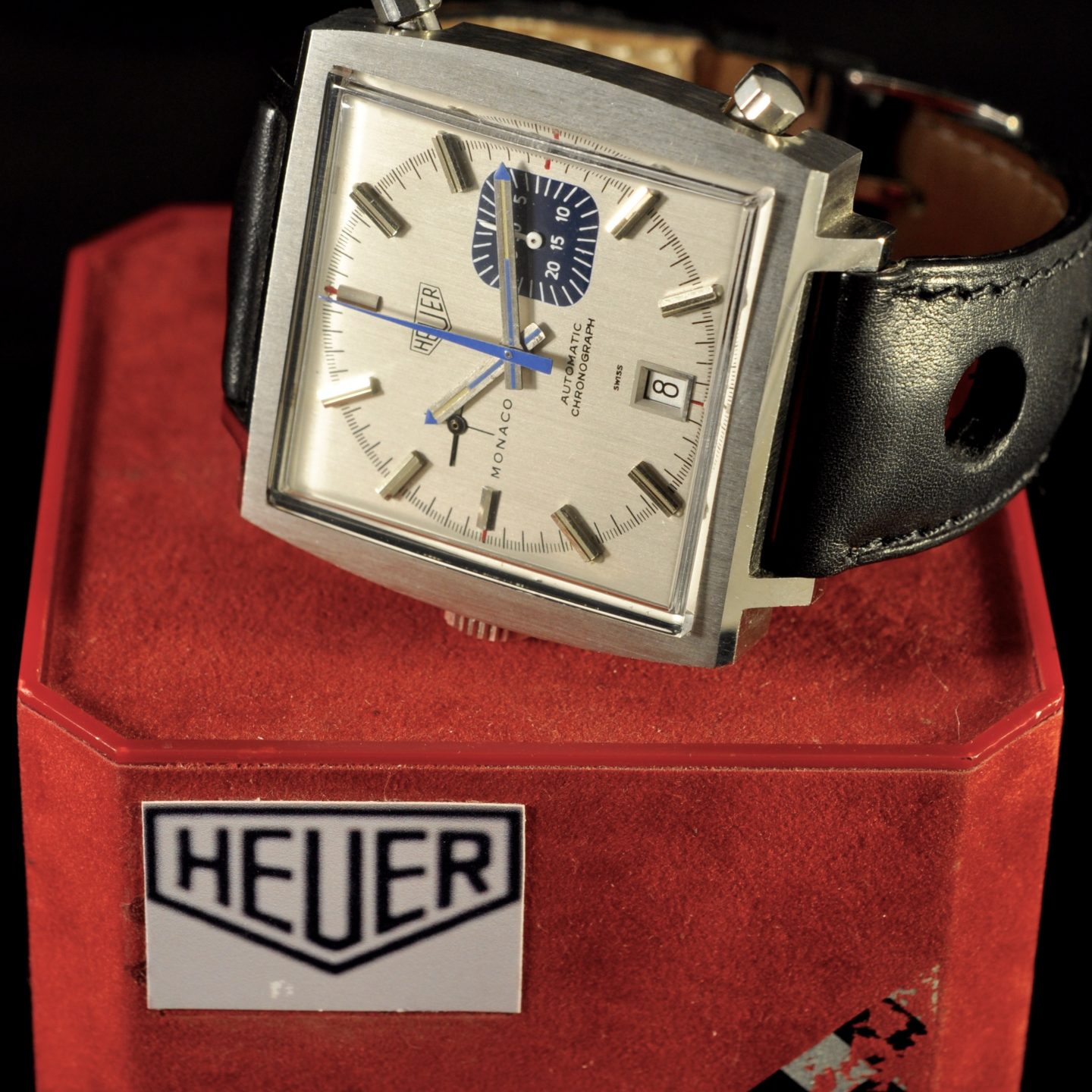
The origin of Daytona
For Rolex the road ahead proved to be much more complex. The adventure of Rolex chronographs began with the Antimagnetics, which appeared in the late 1930’s. These are manual-winding and non-waterproof wristwatches. This first step ended with the reference 6238, opening the way for the first Daytona in 1963. This precursor reference is called “Pre-Daytona”.
Rolex launches the production of its iconic chronograph, the Daytona, named after the famous Daytona Beach racing track in Florida, with the 6239 as its first reference. They are equipped with a Valjoux 72B manual-winding mechanical movement. The models continued on, such as the 6263 produced between 1969 and 1988. The model we present here has a clear easy-to-read dial, as the manufacture has created a high contrast between the black dial and the silver counters. Nicknamed “Big Red”, the dial reveals red writing above the counter at 6 o’clock.
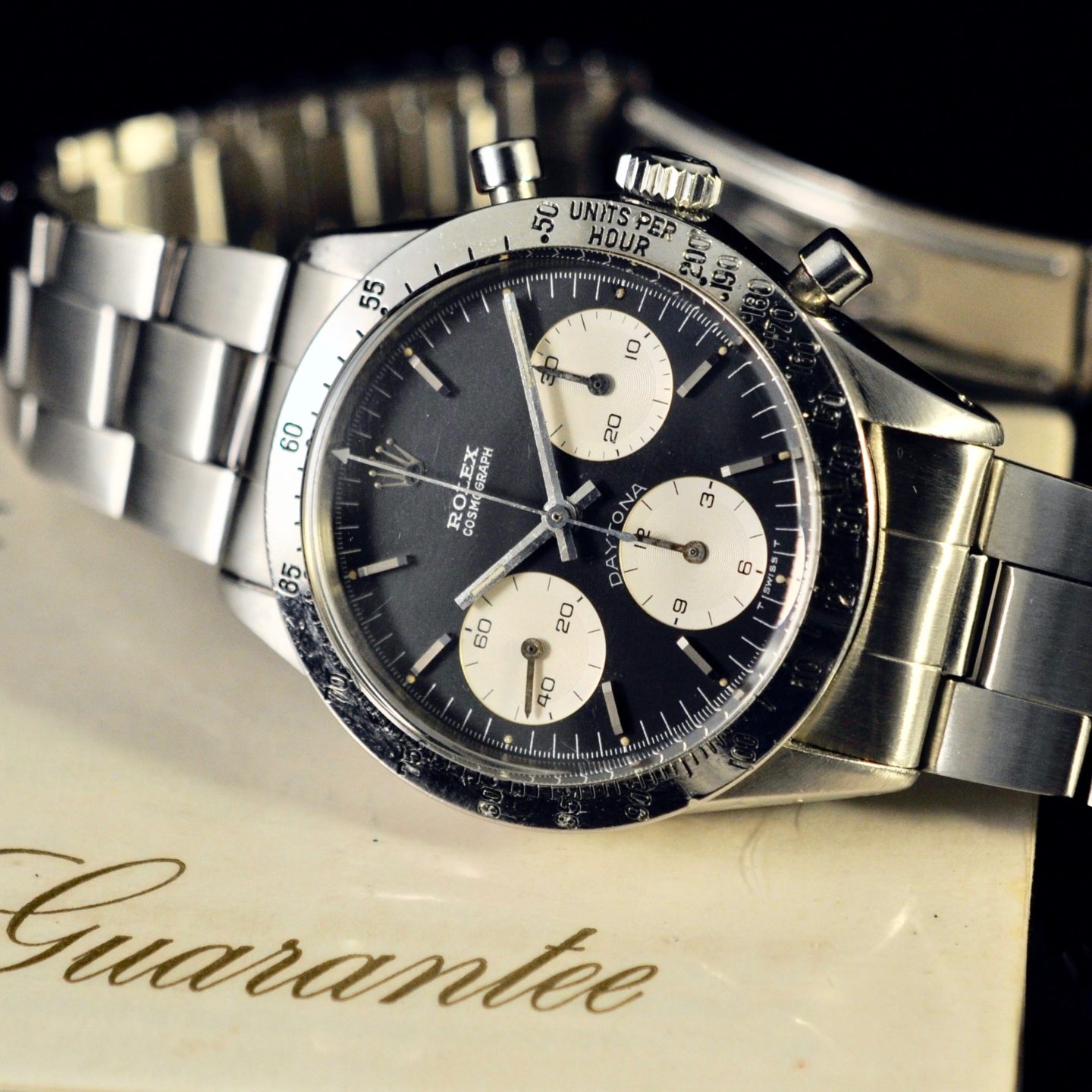
ROLEX. Daytona Ref. 6239 “Blue Daytona” 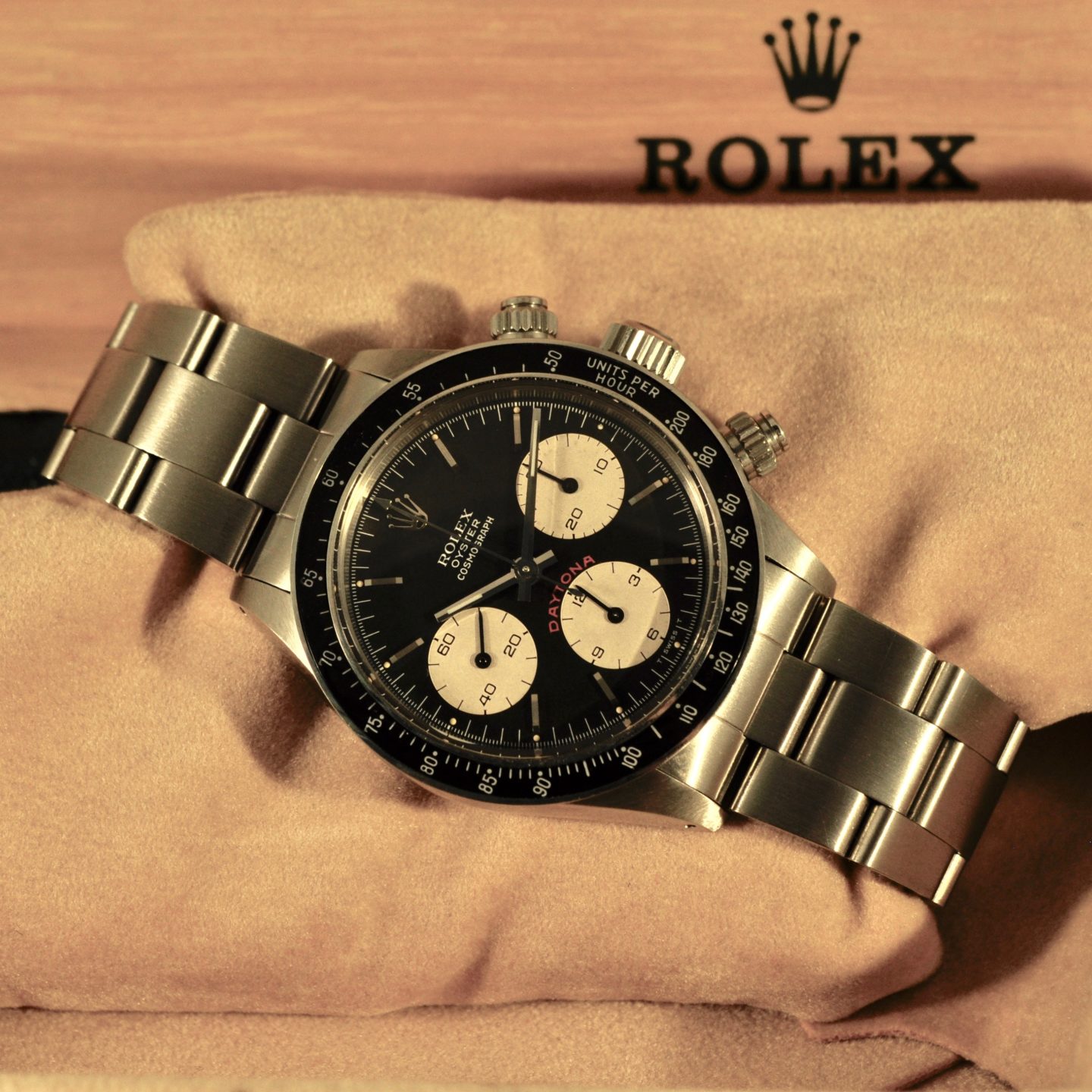
ROLEX. Daytona Ref. 6263 “Big Red”
The first automatic movements for Daytona
Always seeking to create an automatic movement, the “crown manufacture” called upon Zenith. Thus, it was an automatic movement “Zenith El Primero” that equipped the reference 16520, produced in 1988. The movement has 36,000 oscillations per hour, twice as much than the caliber 11, giving it remarkable regularity and accuracy. Of course, the movement was readapted for the Daytona (without date).
Then, for the first time in watchmaking history, the manufacture develops a self-winding movement entirely designed and signed by Rolex for its Daytona models: the 4130 caliber. A fine end to more than 10 years of experimentation. This marks the birth of the reference 116520, first presented at the Baselworld Fair in 2000.
1969-2019 … 50 years since the automatic chronograph movement was born. We couldn’t miss a milestone such as this, and risk not sharing it along!
